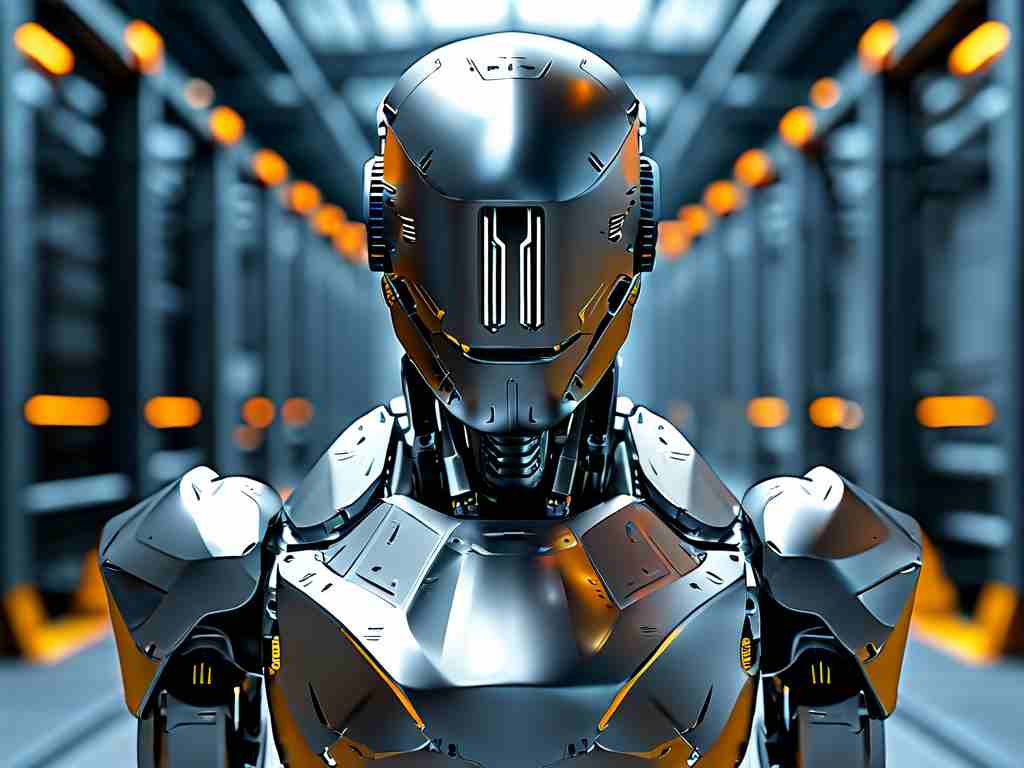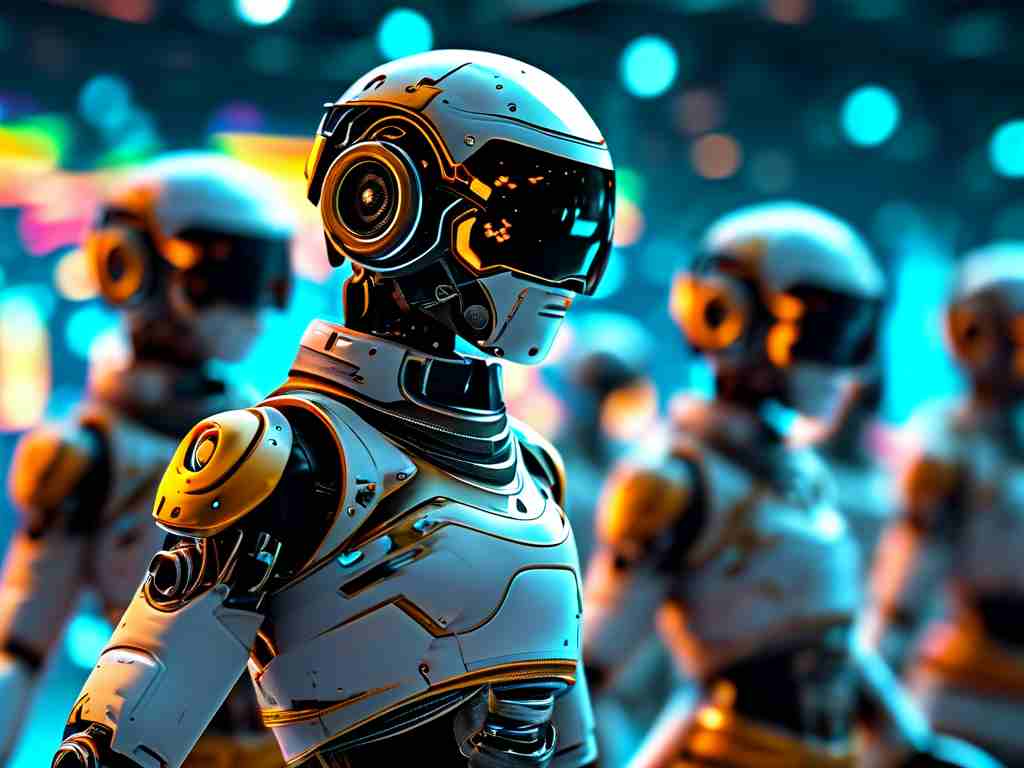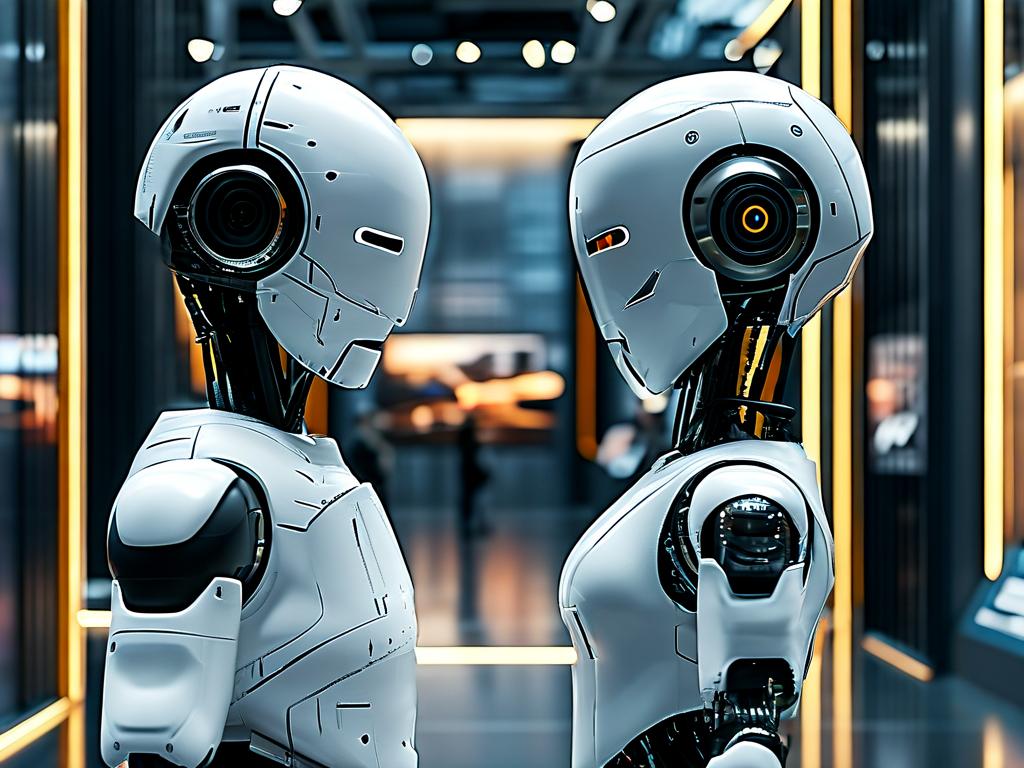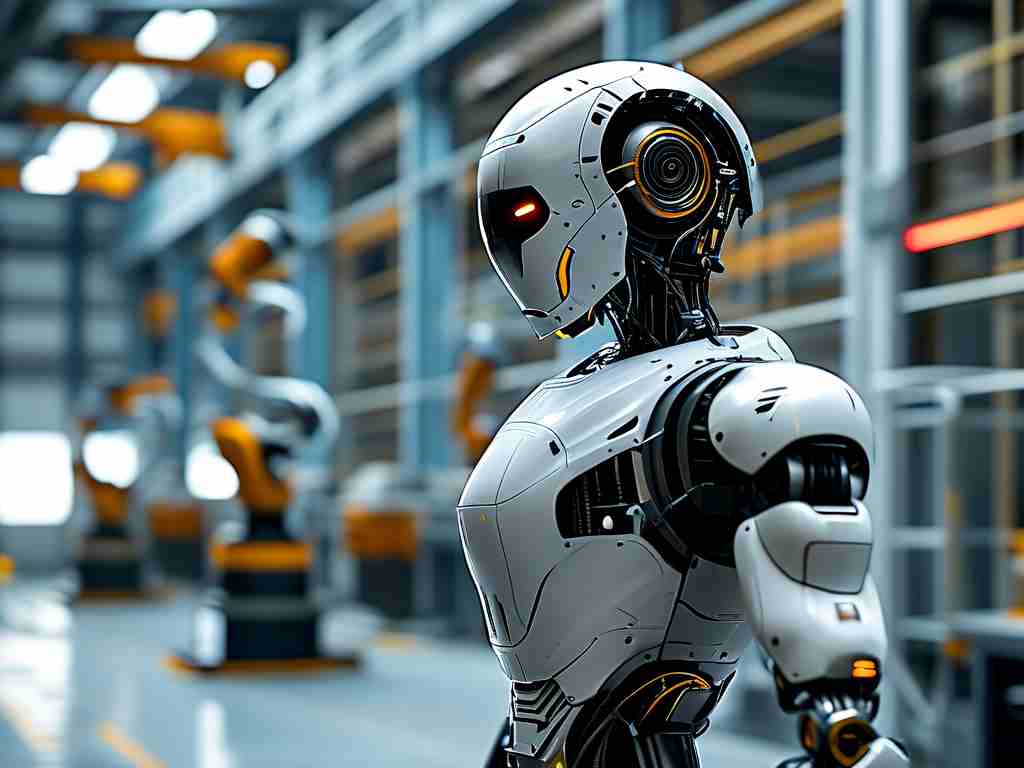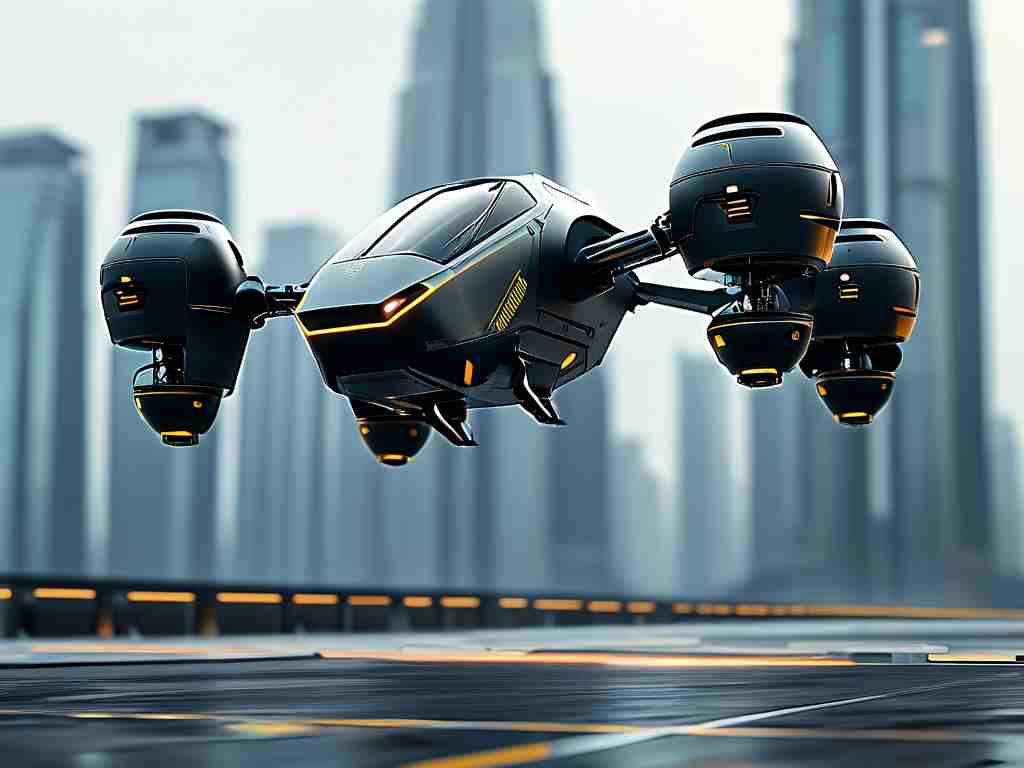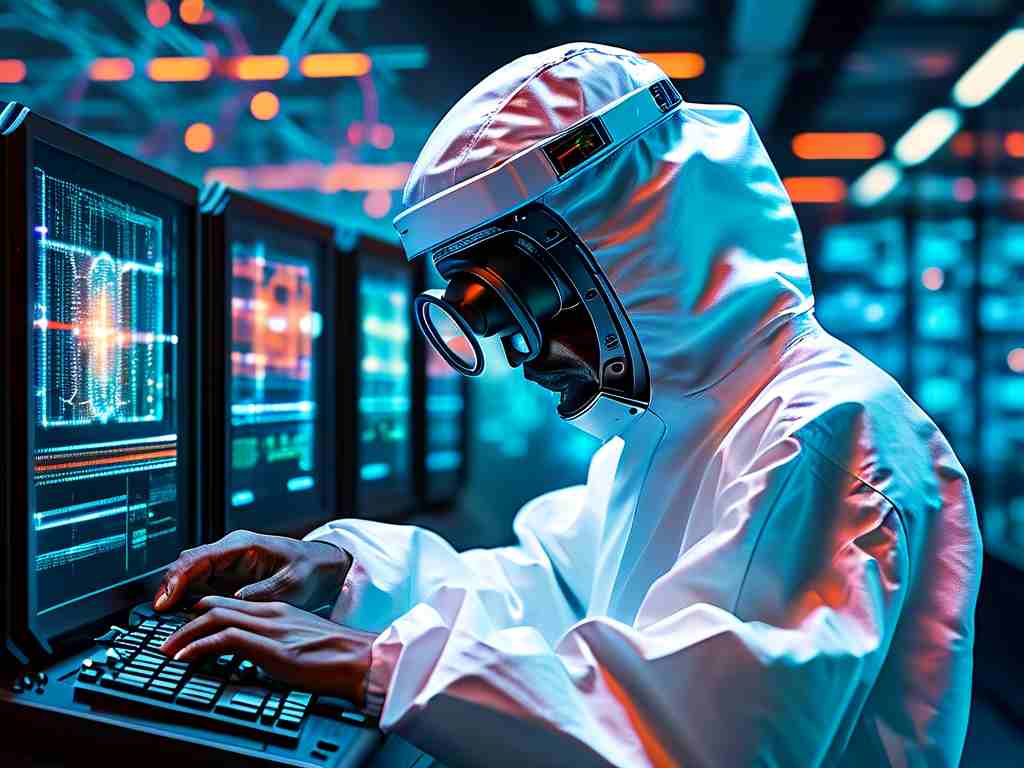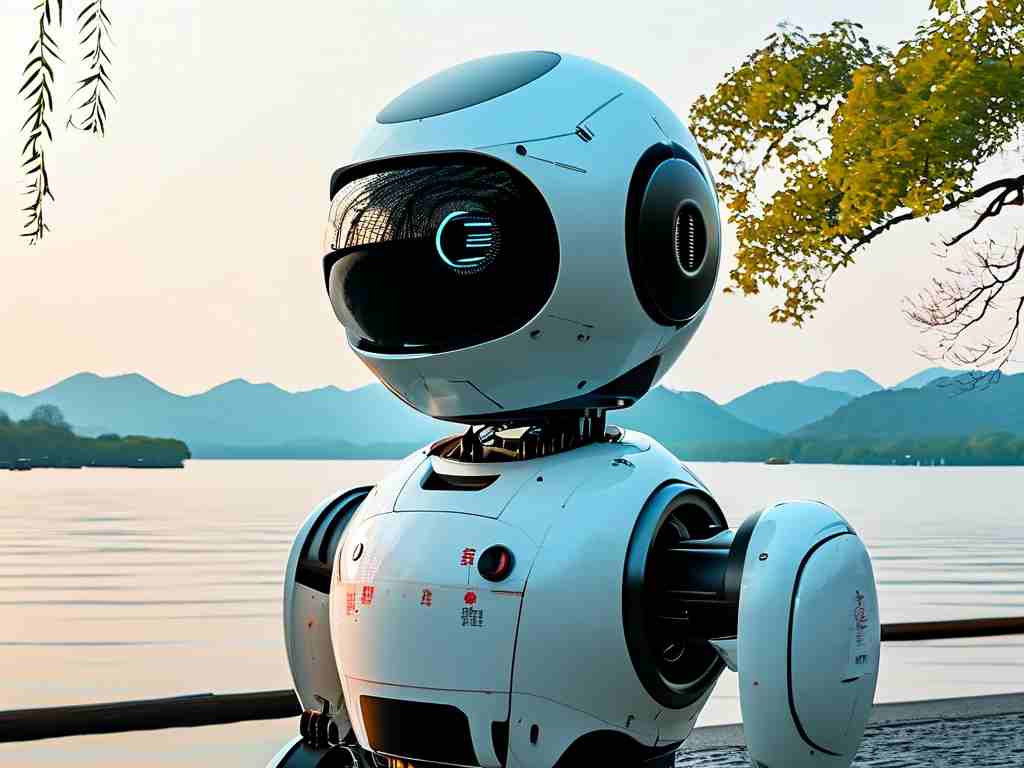As the world’s most-watched annual televised event, China’s Spring Festival Gala (Chunwan) has consistently pushed boundaries in blending tradition with modernity. In recent years, a silent revolution has unfolded on its stage – the integration of advanced robotics and AI-driven technologies. This transformation not only redefines entertainment but also positions the gala as a global showcase for China’s technological ambitions.
The 2024 edition marked a watershed moment with humanoid robots sharing the spotlight with celebrity performers. Developed by Shenzhen-based Ubtech Robotics, a troupe of 28 androids executed precision dance routines synchronized to traditional folk music. Unlike pre-programmed industrial machines, these units utilized real-time motion capture feedback systems, adjusting movements within 0.03-second latency to match human partners. Behind the scenes, engineers revealed a hybrid control system combining autonomous decision-making algorithms with manual override capabilities, ensuring flawless coordination during live broadcasts.
What truly captivated audiences was the “Lion Dance 2.0” segment. Two 165cm robotic lions, weighing 80kg each, performed acrobatic feats previously achievable only by seasoned martial artists. Equipped with multi-axis torque sensors and adaptive grippers, the mechanical beasts balanced on rotating spheres while manipulating silk ribbons with micrometer-level precision. This technical marvel stemmed from collaboration between Tsinghua University’s robotics lab and intangible cultural heritage practitioners, preserving ancient art forms through cutting-edge innovation.
Service robots emerged as unsung heroes backstage. Xiaomanzhou, an AI concierge developed by iFlytek, managed artist schedules across 18 green rooms using facial recognition and natural language processing. Its error rate in handling last-minute program changes reportedly measured 0.7% – significantly lower than human counterparts. Meanwhile, food delivery bots from Keenon Robotics served 2,300 meals during rehearsals, navigating crowded corridors through SLAM (simultaneous localization and mapping) technology.
The technological infusion extends beyond physical machines. A virtual host named “Ling” generated buzz by interviewing performers in multiple dialects. Powered by deep neural networks, this digital avatar synthesized speech patterns from 50 hours of historical gala footage, achieving 89% similarity to human presenters in blind tests. Such synthetic media applications sparked debates about AI’s role in creative industries, with state media emphasizing their supplementary rather than replacement function.
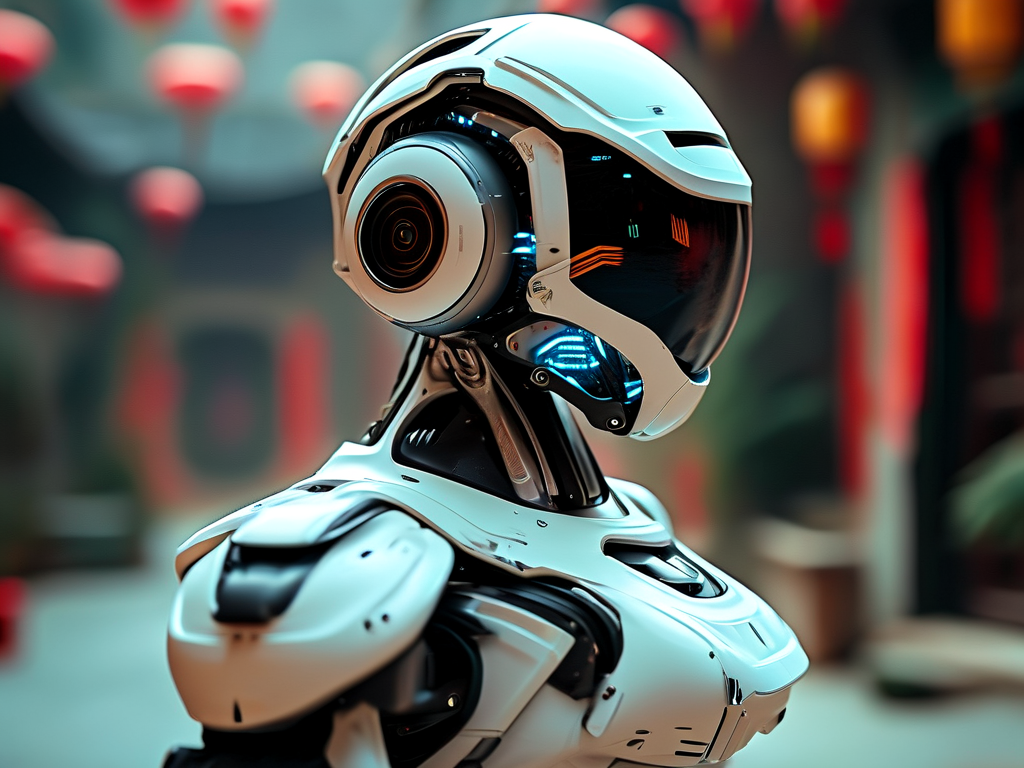
Critics argue about the “soul” of artistic expression when machines take center stage. However, proponents highlight unexpected benefits. The robotics segments required 40% less rehearsal time compared to human-only acts, thanks to digital twin simulations. Energy consumption data revealed that LED-enhanced robotic performances used 35% fewer kilowatt-hours than traditional pyrotechnic displays, aligning with China’s carbon neutrality goals.
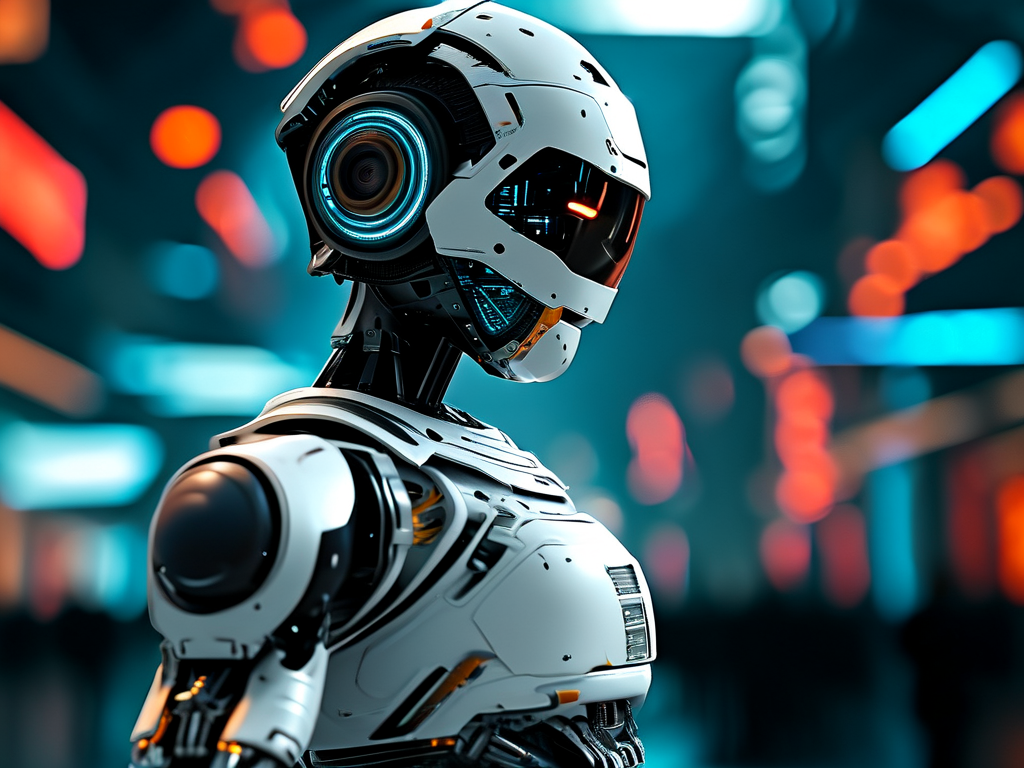
Looking ahead, Chunwan’s tech team hints at holographic robotics for 2025 – systems combining physical automatons with volumetric projections. Early prototypes already demonstrate robots “morphing” into mythological creatures through coordinated light manipulation. As boundaries between biological and artificial performers blur, one truth remains clear: the Spring Festival Gala has evolved into both a cultural touchstone and a proving ground for technologies shaping humanity’s future.



